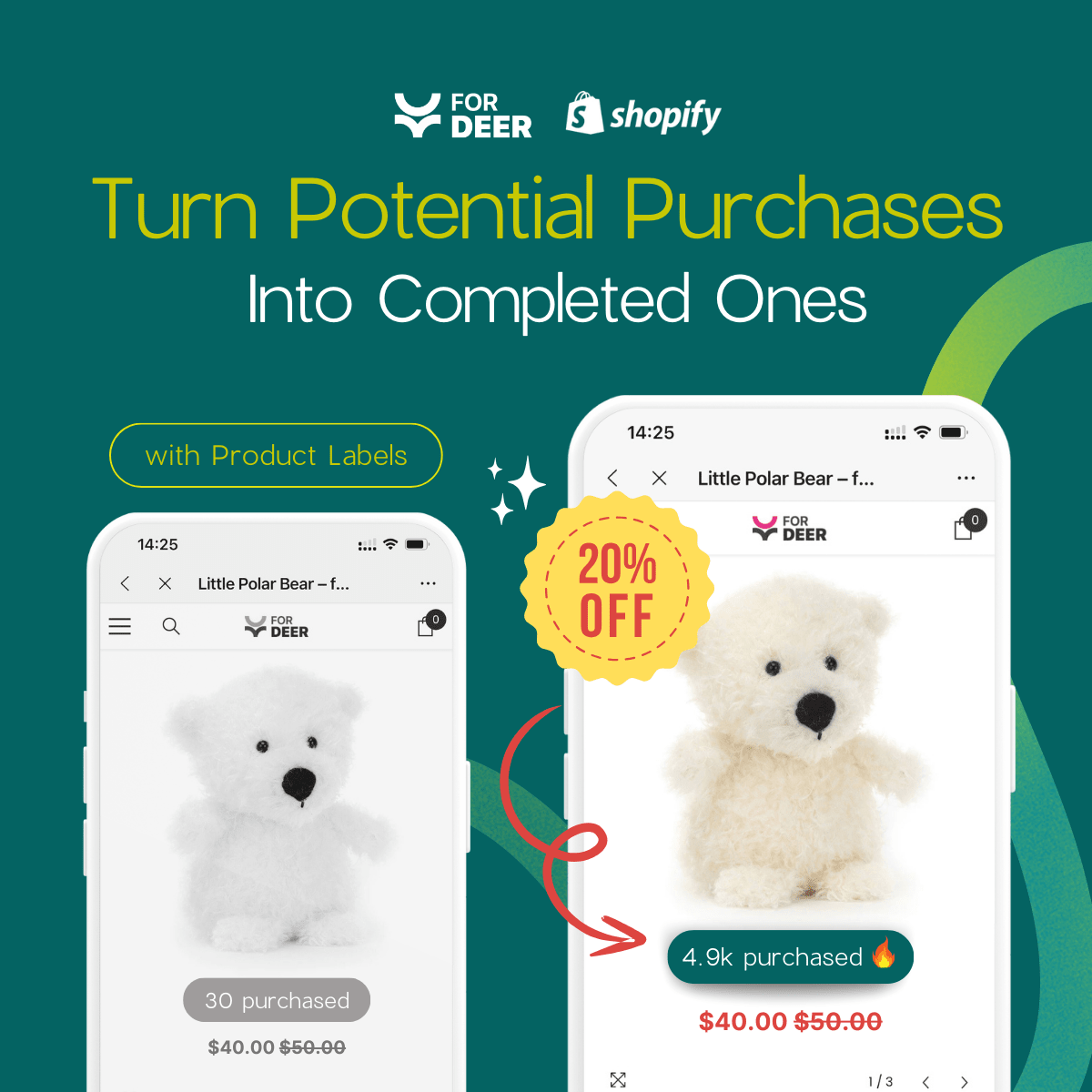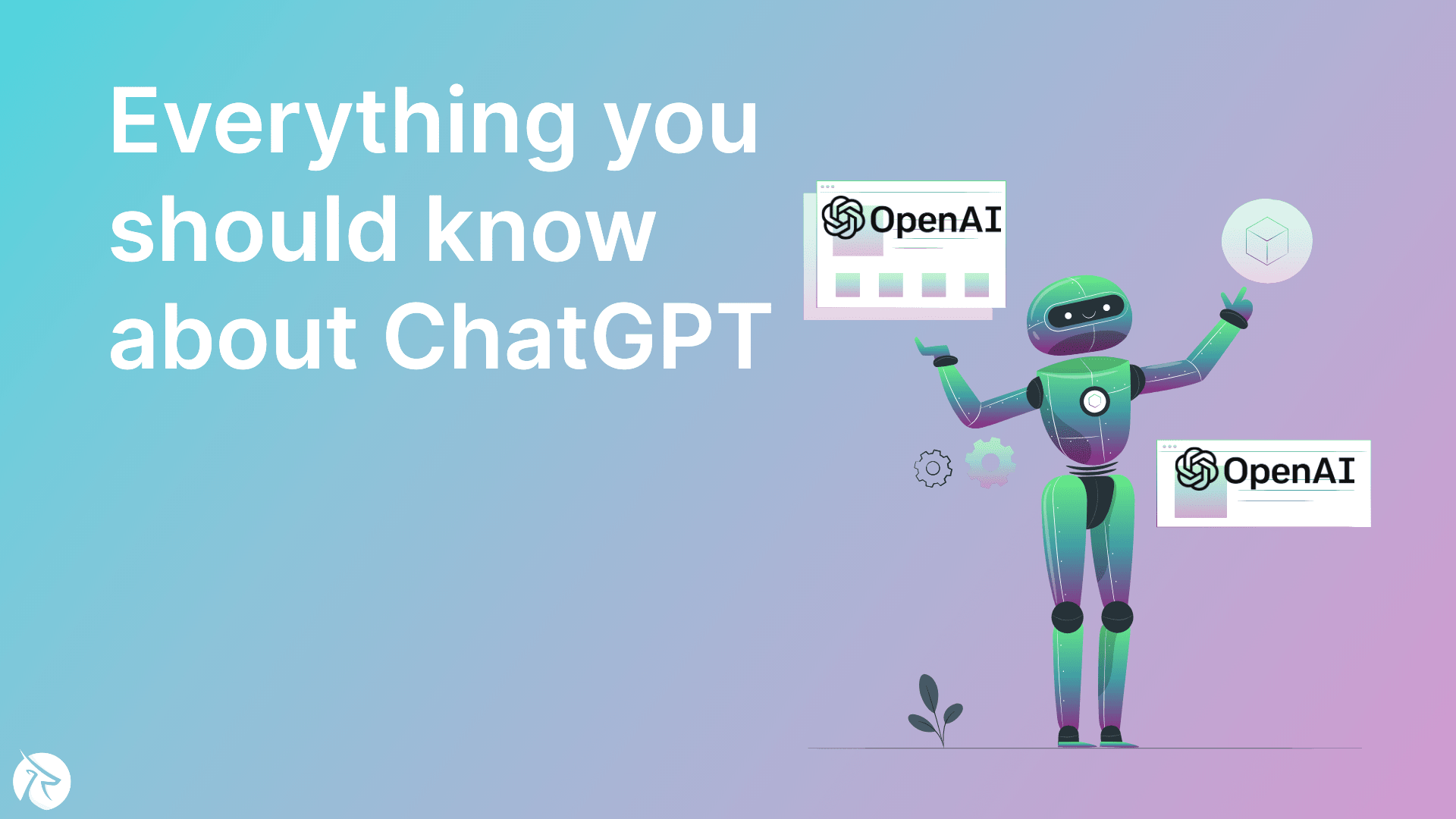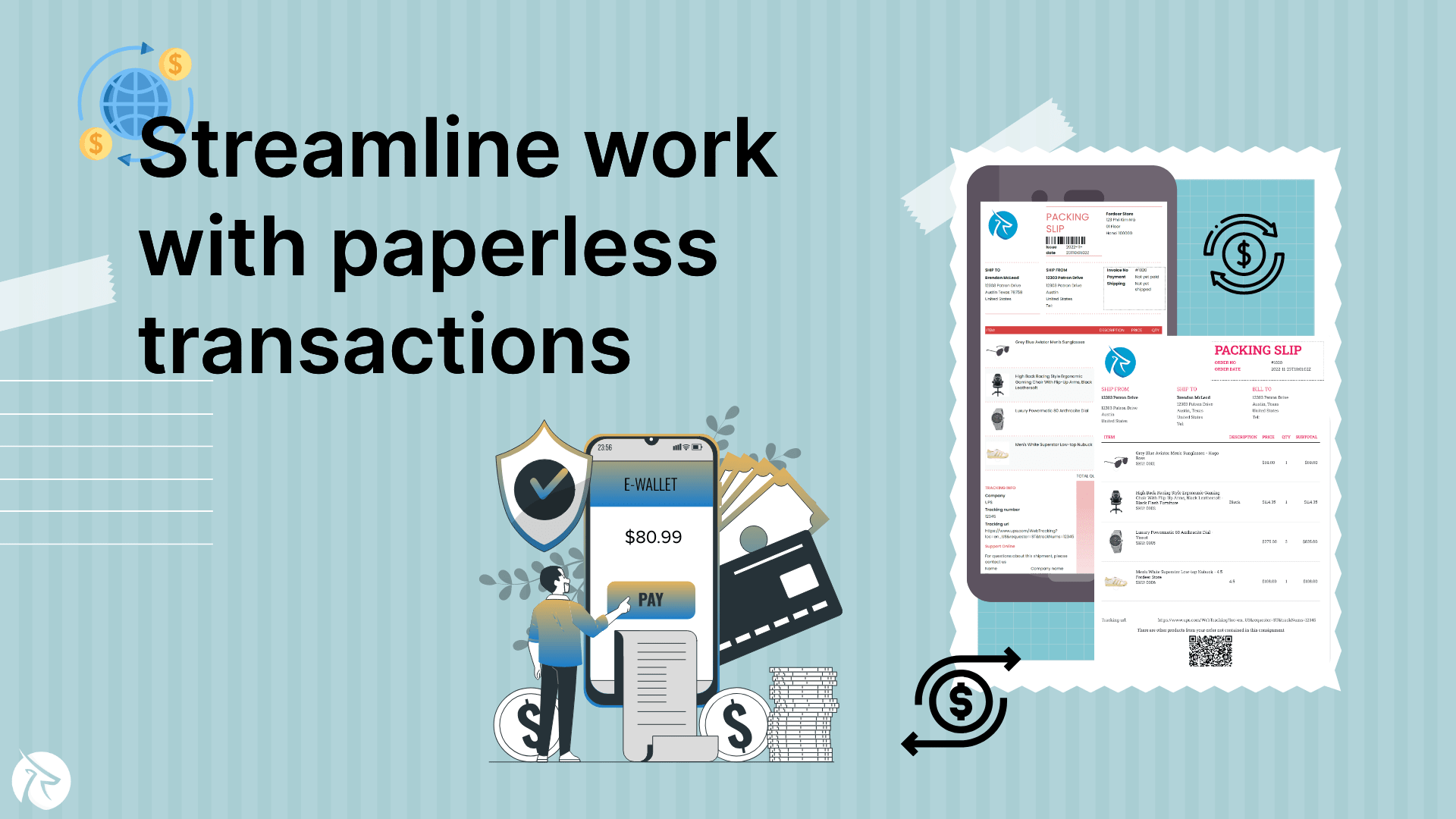ChatGPT vs Google search: Will ChatGPT Replace Google?

The emergence of conversational AI models like ChatGPT sparks curiosity about their potential impact on our digital experiences. One intriguing question looms large: Can ChatGPT replace the ubiquitous Google Search?
Let Fordeer Team dive into the realms of ChatGPT and Google Search, exploring their unique strengths and envisioning the future of information retrieval.
Understanding ChatGPT vs Google search
What is Google search?
Google Search is a fully automated search engine designed to simplify the vast expanse of the web. Google Search employs web crawlers and nimble software agents on a continuous exploration mission to discover and index web pages.
This document aims to demystify the stages of how Google Search functions within the realm of your website. The process is akin to an intricate dance, choreographed to seamlessly assimilate the wealth of information available on the web.
By comprehending these stages, you gain a valuable toolkit to enhance your website's visibility and impact on the Google Search platform. Your journey toward a more optimized and discoverable online presence begins here, and we're here to guide you through every step of the way.
What is ChatGPT?
ChatGPT is a language model developed by OpenAI, and it is based on the GPT (Generative Pre-trained Transformer) architecture. Specifically, it belongs to the GPT-3.5 family, which is an advanced version of the GPT-3 model. GPT-3.5 is designed for natural language understanding and generation, making it capable of performing various language-related tasks, including answering questions, generating text, translating languages, and even engaging in conversation.
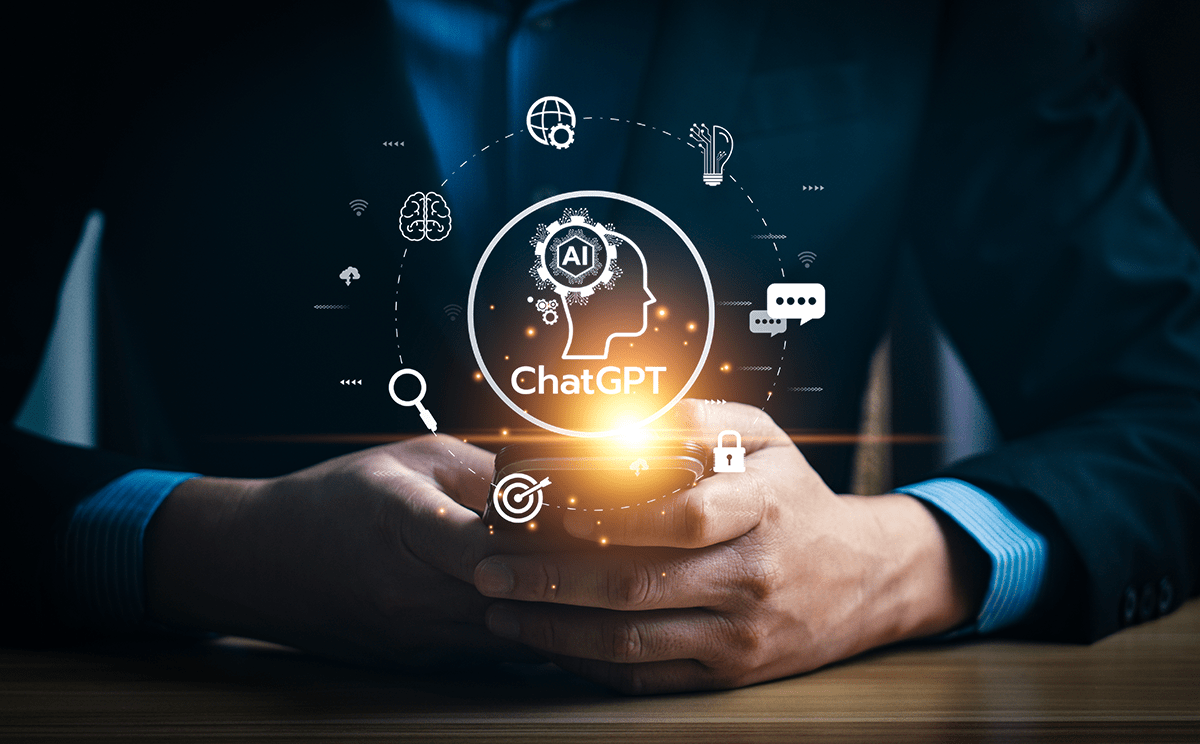
The “chat” in ChatGPT refers to its ability to interact with users conversationally. Users can input prompts or queries, and the model generates responses based on the patterns and information it learned during training on a diverse range of internet texts. It has a wide range of applications, including chatbots, virtual assistants, content generation, and more.
How does ChatGPT work?
Training the AI
ChatGPT undergoes a comprehensive training process, immersing itself in millions of instances of natural language conversations sourced from various mediums, including online forums, books, and movies. The primary objective of this extensive training is to instill in the model the ability to craft responses that mimic human-like conversation, providing insightful and relevant answers to questions or prompts.
Throughout the training, ChatGPT receives inputs in the form of words and phrases, which are meticulously parsed into vectors representing the underlying data. This intricate interplay of input and output enables ChatGPT to generate responses that resonate with a conversational quality, contributing to its capacity for engaging and dynamic interactions.
Natural language processing
In the intricate workings of ChatGPT, Natural Language Processing (NLP) assumes a pivotal role. NLP, a subset of artificial intelligence, is dedicated to the nuanced interpretation and manipulation of natural languages, such as the eloquence of English or the grace of Spanish.
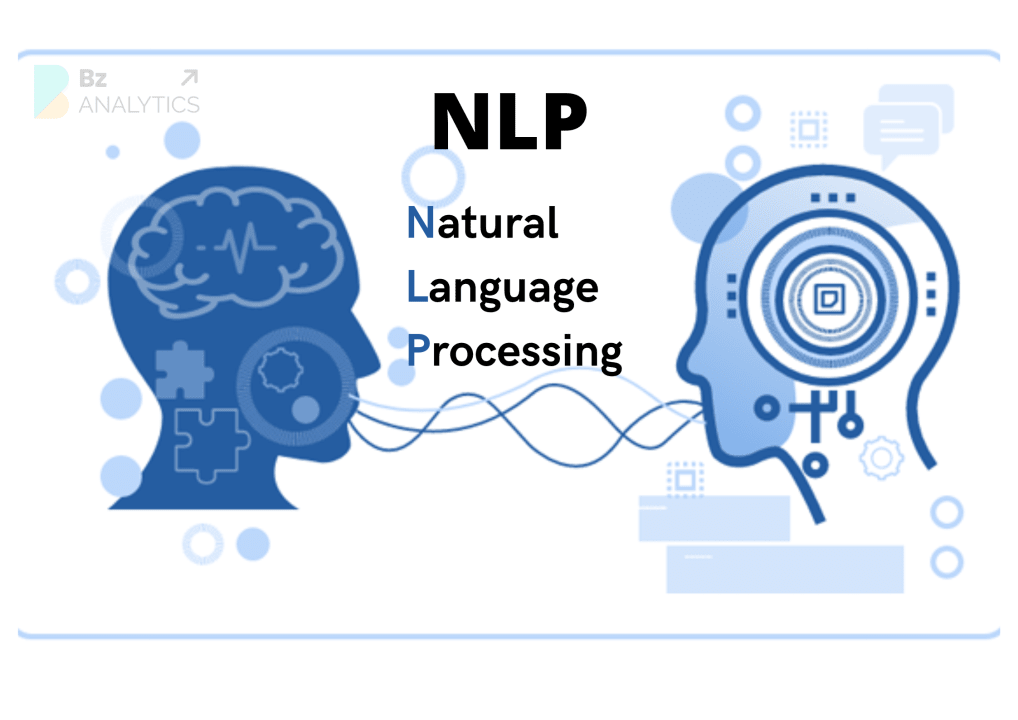
Within the realm of ChatGPT, NLP helps change the conversion of text into a rich tapestry of data comprehensible to its expansive AI language model. This involves the meticulous deconstruction of sentences into their elemental words and phrases, the discernment of the grammatical structure and syntax of each component, and the astute identification of parts of speech.
Moreover, NLP's capabilities extend to endowing ChatGPT with the perceptive ability to understand the intricacies of conversation context. This acumen proves indispensable, as it empowers ChatGPT to craft responses that resonate with meaning and relevance, enhancing the quality of its interactions. In essence, NLP not only forms the bedrock of ChatGPT's language prowess but also facilitates a seamless and dynamic exchange between the model and its users.
The algorithm of ChatGPT
ChatGPT leverages a pre-trained transformer algorithm to craft its responses, demonstrating a sophisticated interplay of artificial intelligence. The transformer, jointly developed by Google and OpenAI, operates on a self-attention mechanism—a pivotal feature enabling the program to hone in on specific words or phrases. This mechanism enhances comprehension and facilitates the generation of more accurate and contextually relevant responses.
The transformative process begins with the input sentence, which is systematically split into sub-words. Each segment then transforms a vector, a mathematical representation encapsulating the meaning of the word. These vectors traverse multiple layers of neural networks, where their relevance is meticulously calculated in the context of generating a response.
Understanding the intricacies of this technology may seem like a lot of jargon at first glance. However, in essence, it unveils the marvel that is ChatGPT and other artificial intelligence systems, revealing a tapestry woven with complex mathematics that powers these remarkable machines.
Advantages of ChatGPT
Contextual understanding
ChatGPT shines brightly thanks to its extensive training on a vast array of internet text. This robust training equips ChatGPT with a remarkable knack for contextual understanding, enabling it to effortlessly navigate nuanced conversations with users. One of its standout features is the ability to sustain coherent and contextually relevant dialogues over multiple turns, adding a layer of depth to user interactions.

The magic lies in ChatGPT's capacity to grasp the subtleties of context, allowing it to weave together responses that align seamlessly with the ongoing conversation. Whether responding to queries, engaging in discussions, or providing information, ChatGPT consistently delivers interactions that feel meaningful and tailored to the specific context at hand.
Adaptability
ChatGPT stands out as an incredibly versatile tool, showcasing its prowess across a broad spectrum of natural language processing tasks. Its capabilities extend to answering questions, crafting text, summarizing content, seamlessly translating languages, and fostering engaging conversations. This inherent flexibility positions ChatGPT as an adaptable solution with the potential to cater to a myriad of applications, addressing diverse needs and requirements.
In practical terms, ChatGPT's versatility enables it to effortlessly navigate through various linguistic challenges. Whether it's providing insightful responses to queries, generating coherent and contextually rich text, distilling complex content into concise summaries, facilitating language translation with finesse, or simply engaging users in meaningful conversations, ChatGPT excels in delivering a multifaceted linguistic experience.
Flexibility
ChatGPT exhibits a remarkable capability to engage in numerous conversations concurrently, fostering seamless interactions with multiple users simultaneously. This attribute proves especially advantageous in dynamic customer service environments, where the influx of multiple inquiries is a common occurrence.

This feature not only enhances the efficiency of addressing customer inquiries promptly but also ensures that each interaction maintains a high level of quality. By juggling multiple conversations seamlessly, ChatGPT supports businesses in meeting the demands of a fast-paced customer service landscape, ultimately leading to increased customer satisfaction.
Customization
Customization can be used to meet specific business needs and priorities. This customization feature empowers companies to go beyond a one-size-fits-all approach and instead craft a conversational AI experience that resonates specifically with their audience.
Whether it's tailoring responses to align with brand identity, addressing industry-specific nuances, or adapting to the preferences of a target demographic, the ability to customize ChatGPT provides a strategic advantage in delivering a more personalized and effective interaction.
Moreover, the fine-tuning of algorithms allows businesses to stay agile in a dynamic market environment. As customer preferences and industry trends evolve, companies can swiftly adapt ChatGPT to reflect these changes, ensuring that conversational AI remains not just a tool but a dynamic asset that grows and evolves with the business.
Will Chat GPT replace Google?
What can we use ChatGPT for?
ChatGPT opens up a vast spectrum of possibilities for users, serving as a versatile and powerful tool in various domains. From content creation to problem-solving, ChatGPT is your go-to companion.

- Content generation: Whether you're on a quest for captivating articles, engaging stories, soul-stirring poetry, or even fresh ideas for your next marketing masterpiece, ChatGPT has got your back.
- Answer questions: It's effective in providing information and answering questions across a wide range of topics. You can use it to obtain quick information or clarification on various subjects.
- Drafting and editing: You can use ChatGPT to assist in drafting emails, documents, or any written content. It can also provide suggestions for improving the clarity and coherence of your writing.
- Programming help: ChatGPT can offer assistance with programming-related queries, code snippets, and problem-solving. It's not a substitute for a dedicated code debugger, but it can provide general guidance.
- Language translation: While not a dedicated translation tool, ChatGPT can help with basic language translation tasks by converting text from one language to another.
- Ideas generation: You can use ChatGPT for brainstorming sessions and idea generation. It can suggest creative ideas, solutions to problems, or even assist in planning projects.
- Homework assistance: ChatGPT can provide explanations and guidance on various academic topics, helping with homework or understanding complex concepts.
Will ChatGPT replace Google?
ChatGPT and Google serve different purposes. In our opinion, it's unlikely that ChatGPT will completely replace Google. Google is primarily a search engine that indexes and retrieves information from the web, while ChatGPT is a conversational AI model designed for natural language understanding and generation.
Google provides a comprehensive platform for searching for and accessing a vast array of information on the internet. It is a fundamental tool for information retrieval, web browsing, and accessing various online services.
On the other hand, ChatGPT excels in natural language processing and can be used for tasks such as generating content, answering questions, and engaging in conversation. It's more of an interactive AI model designed to understand and respond to human language.
While ChatGPT may enhance certain aspects of user interaction and provide assistance in different ways, it doesn't replace the core functions of a search engine like Google. They can complement each other, with Google being the gateway to information and ChatGPT offering a conversational interface for specific applications.
Sum up,
In summary, ChatGPT and Google serve distinct roles, and it's more likely that they will be used together to enhance user experiences rather than one entirely replacing the other. Rather than a replacement, ChatGPT has the potential to revolutionize how we interact with information, working in tandem with established tools like Google Search. As we navigate the exciting possibilities ahead, it's clear that the synergy between advanced AI models and robust search engines will shape the next chapter of our digital journey.
Find this information useful? Follow Fordeer Commerce for more updates.
- Install Fordeer Apps for Free
- Get immediate assistance by chatting with us.
- Join Fordeer Commerce Community for fresh app updates, expert tips, and private deals.



